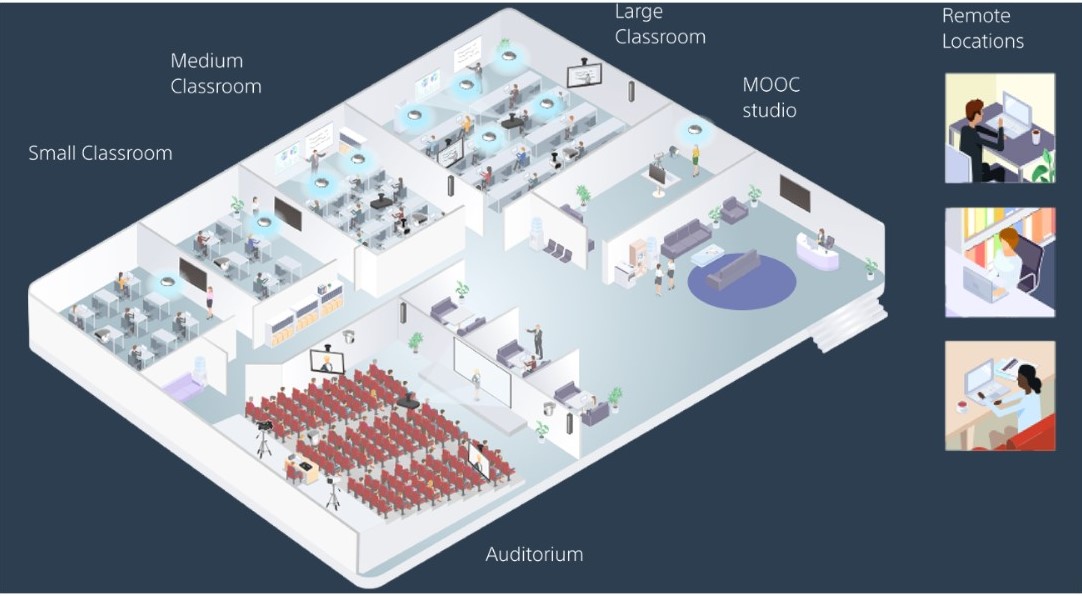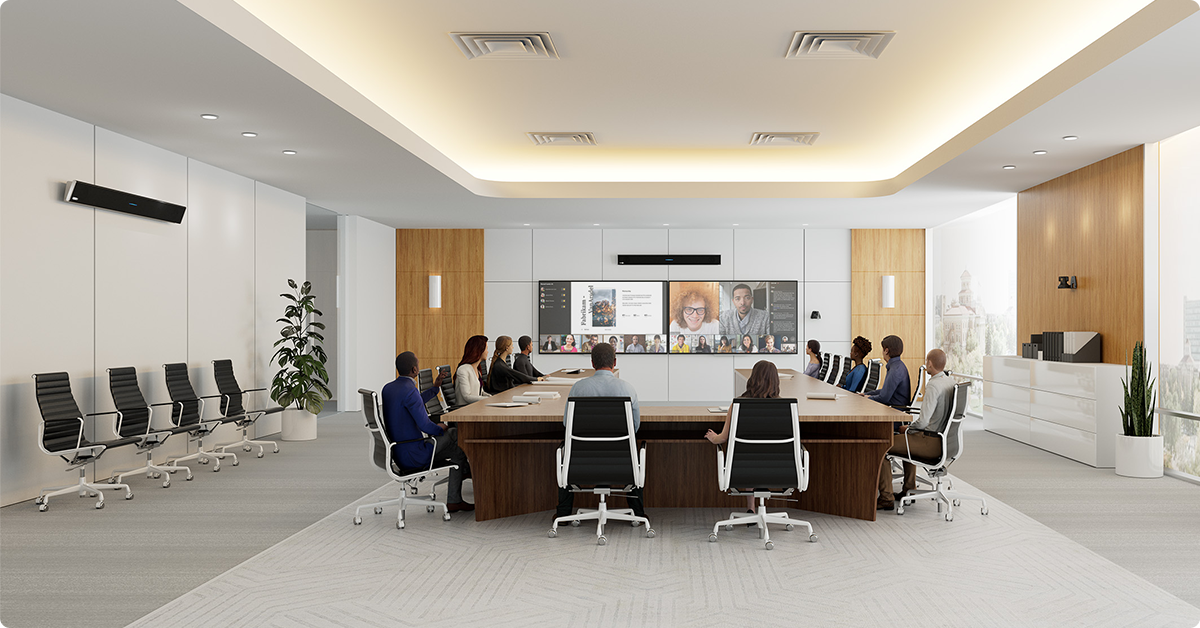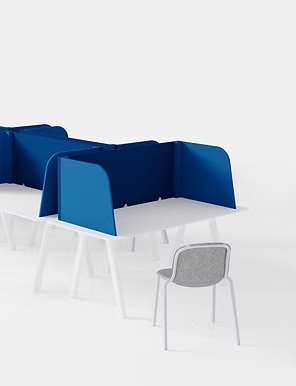Our Blog Check out what's new here at Points West.

The Classroom and AV Trends Emerging from Pandemic Learning
September 6, 2022
The past couple of years may have been “the couch as a classroom situation” for many students, but advances in audio visual adoption will impact learning space design well into the future. As K-12 schools prepare for the upcoming year the lessons experienced through remote, hybrid, and in-person learning are influencing how classrooms are designed, outfitted, and upgraded.
While educators are still committed to preparing students for an undefined future, the pandemic also significantly impacted how their postsecondary education will be delivered. We know higher education is further adopting these remote and hybrid strategies to deliver education and K-12 institutions need to make sure students are prepared for them.
.jpg) One example? The rising use of non-traditional spaces that, while seen predominantly in higher education, is making its way into the K–12 learning environment. Think video walls, microphones, and flexible seating in spaces that can be adapted for larger or smaller group collaboration.
One example? The rising use of non-traditional spaces that, while seen predominantly in higher education, is making its way into the K–12 learning environment. Think video walls, microphones, and flexible seating in spaces that can be adapted for larger or smaller group collaboration.
The need is urgent to start adapting to not just the remote student but the hybrid student for class technique and how we design these classroom spaces. The ideal situation is to bring students into the classroom wherever possible, with the expectation that there will be opportunities to reach remote students and adapt to a hybrid population as well. To achieve meaningful learning environments for a variety of students, schools’ AV solutions will become more important, especially for districts that haven’t refreshed their classroom spaces. IT leaders should consider laser projectors, tracking cameras, microphones and/or classroom sound systems, and interactive flat panels when updating their classrooms. Document cameras have long ago replaced overhead projectors and are an invaluable teaching tool for in-class students and remote learners.
Large-screen televisions, especially if they are consumer grade are not the best solution because they are not specifically designed for classroom use. As a result, schools can encounter lifespan and warranty issues with these devices. Plus, when it comes to 4K displays and adoption, there’s a lack of 4K content for K–12 education. If content does become available, schools should consider network bandwidth, as the amount of data being transferred increases significantly with 4K.
Interactive panels, on the other hand, are built for classroom use. A recent report found that 52 percent of teachers chose interactive panels as their most-used classroom tools. 75-inch panels seem to be the “sweet spot” for most schools but larger displays are available.
When most students were at home, cart solutions worked well, and there is a desire to continue this setup. An educator can pivot on the fly and move them around the room or between rooms, and quickly start up a videoconferencing solution.
Wireless collaboration tools will continue to play an important role as students come back to in-person learning. Wireless casting is a huge consideration after we’ve been trained to wash our hands and minimize touch, wireless casting promotes healthy behaviors.
The hybrid and remote trend accelerated the adoption of videoconferencing as a real learning tool and the importance of students embracing technology. In the higher ed space, this is not going away. Universities and colleges are actively designing their classrooms to support videoconferencing.
Another trend emerging in response to the pandemic is lecture spaces that allow teachers to connect with students on a personal level, even when teaching remotely. This could bolster much-needed social-emotional learning in the K–12 environments. This personal connection is possible with smaller room setups that are outfitted with technologies to support the classroom space. These technologies allow teachers to have a line of sight with all the students.
Curious about other emerging trends? Look for items like e-glass, a collaboration tool that allows presenters to write on a clear plane of glass and have the content automatically flipped to display for viewers. Video walls for media and communal spaces will also increase in popularity, along with networking solutions like AV over IP and digital signage.
There are several solutions out there and ultimately schools and districts are all trying to drive toward more collaboration in classroom spaces. Let Points West Audio Visual help guide you through this process. Call us at 250.861.5424 / 800.761.7928 or email us at [email protected]


Pro AV Performance Made Simple
Read Article

5 Star Review!
Read Article


